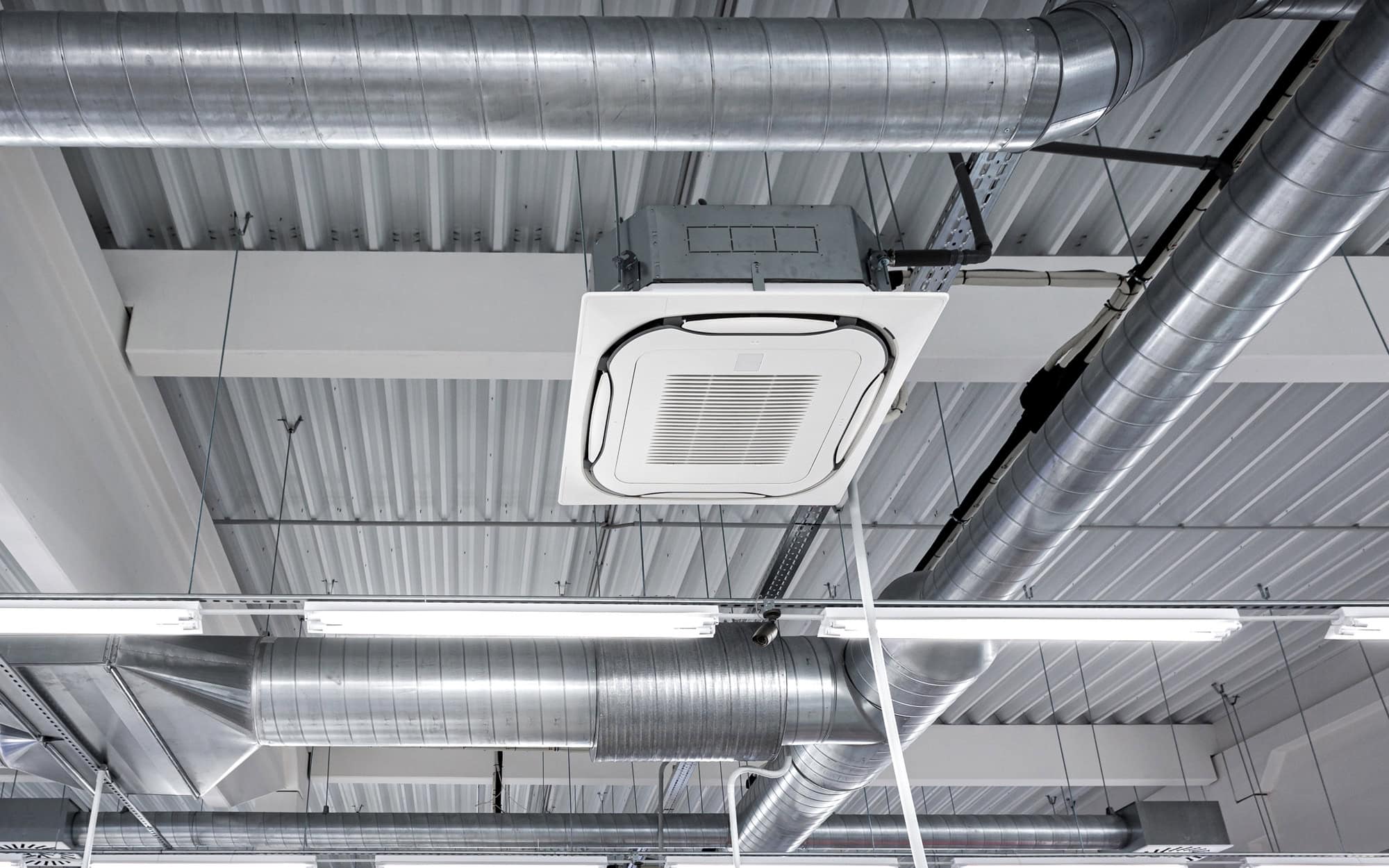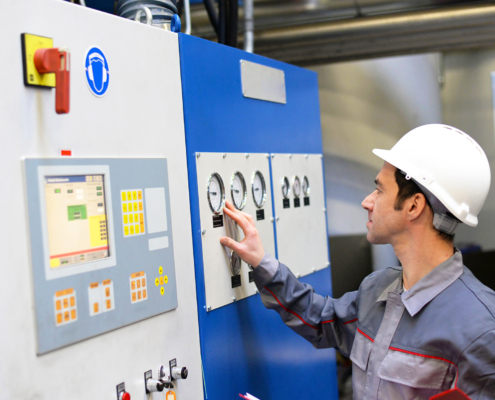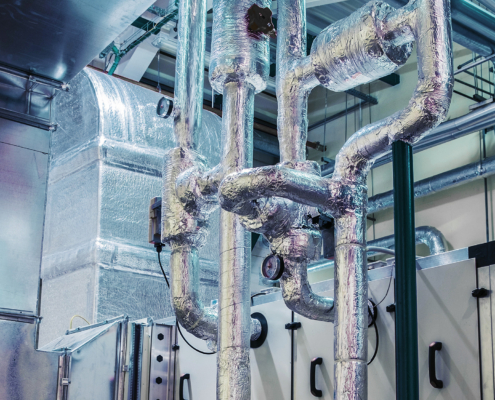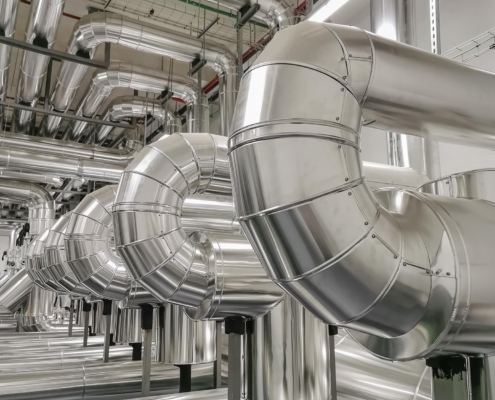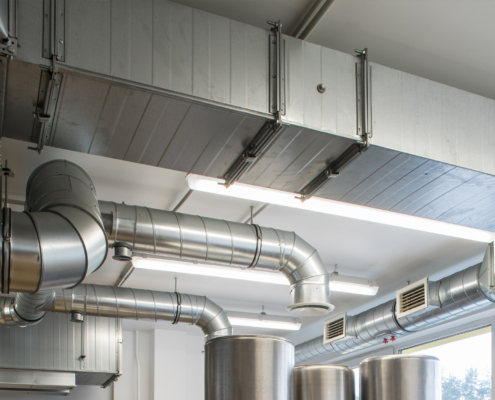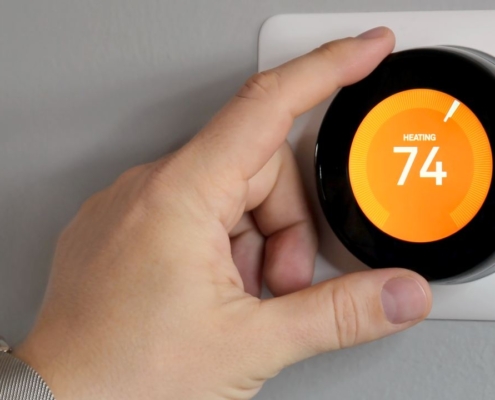HVAC systems do more than regulate temperature; they also play an essential role in controlling indoor humidity. High humidity levels can lead to condensation, often resulting in discomfort, while low humidity can cause respiratory discomfort and other health issues. Through a process known as ‘latent cooling,’ HVAC units reduce humidity by cooling air to the point where water vapor condenses and is collected in a drain pan, effectively dehumidifying the environment.
Here’s how proper HVAC ventilation can support a building:
Humidity and Comfort: When the air is too moist, it can feel heavy and clammy; when it’s too dry, it can cause skin and eye irritation. HVAC systems maintain recommended humidity levels (usually between 30% and 60%) and ensure a more comfortable and healthier living and working environment.
Humidity and Building Integrity: Excess moisture can deteriorate building materials, warp wooden structures, and accelerate the rusting of metal components. Continuous ventilation and dehumidification preserve the condition of important structural elements and prolong the life expectancy of the property.
Moisture Control Techniques: HVAC ventilation incorporates many moisture control techniques, including exhaust fans, air dehumidifiers, and specially designed air conditioning systems focusing on humidity regulation without overcooling the space.
Integration with Building Design: Modern ventilation systems are designed to work in tandem with a building’s architecture, promoting natural air movement and mechanical ventilation for optimal humidity control.
